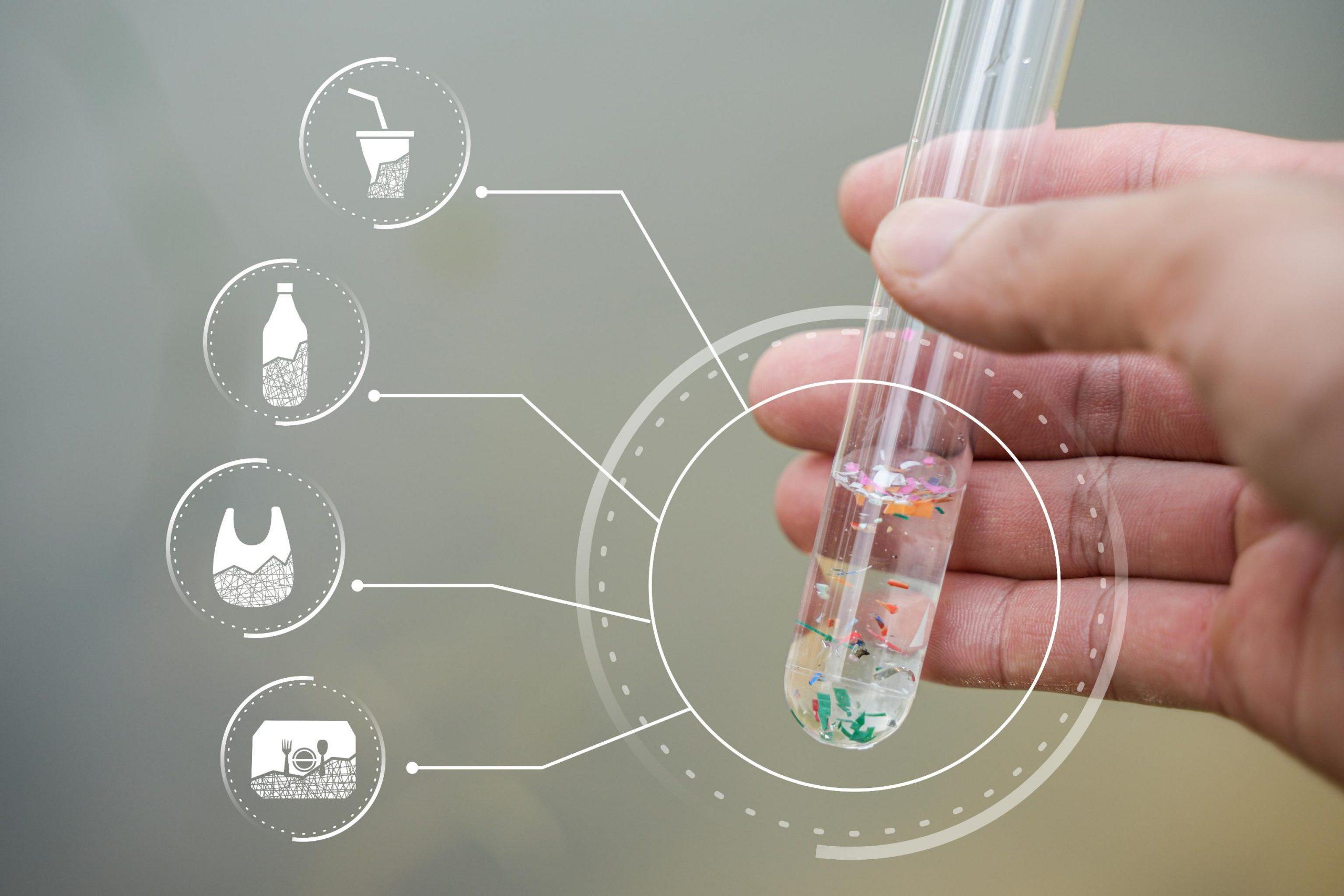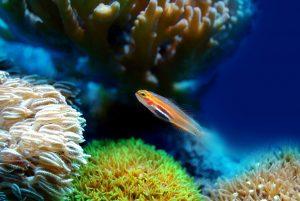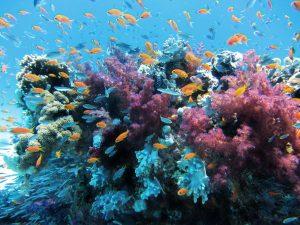In the vast expanse of our oceans and freshwater ecosystems, an unseen threat is silently weaving its web. Microplastics, minute particles under 5mm in size, are rapidly becoming pervasive in aquatic environments worldwide. Emerging from various sources, including industrial raw material nurdles and the degradation of larger plastic items, microplastics have evolved into a pressing environmental concern. A recent study, featured in the journal Eco-Environment & Health, sheds light on a new dimension of this crisis – the perilous role of microplastics as carriers for a range of pathogens.
The Escalating Issue
Microplastics, often overlooked due to their microscopic size, act as insidious carriers for bacteria, viruses, and other microorganisms in aquatic settings. The study, led by Huan Zhong, explores the intricate relationship between microplastics and pathogens, unraveling the potential hazards they pose to both marine life and human health.
Pathogens on the Move
The research delves into the dynamics of how microplastics facilitate the transport of pathogens in various aquatic environments. It meticulously investigates the factors influencing the adherence of pathogens to these tiny plastic particles, their survival, and the probability of transmission to humans through different routes of exposure.
Implications for Public Health
The findings underscore a growing concern for public health. The ability of microplastics to carry pathogens raises the risk of infections not only for marine organisms but also for humans who interact with contaminated water bodies. The study prompts urgent attention to the need for intensified monitoring of microplastic contamination and expanded research into the role of microplastics in pathogen transmission.
Call for Action
Lead researcher Huan Zhong emphasizes the crucial importance of comprehending the role of microplastics in the dissemination of pathogens. The study calls for immediate and decisive action to protect public health and preserve the integrity of our environment. It advocates for multidisciplinary research efforts to unravel the complex interactions between microplastic-associated pathogens and to develop effective strategies for their mitigation.
As we confront the hidden dangers of microplastics in our aquatic environments, it is imperative to recognize the interconnectedness of environmental health and human well-being. The study serves as a clarion call for heightened awareness, collaborative research, and strategic interventions. By addressing the pervasive issue of microplastics and their role as carriers of pathogens, we can forge a path towards a cleaner, safer, and healthier future for our oceans and ourselves.







